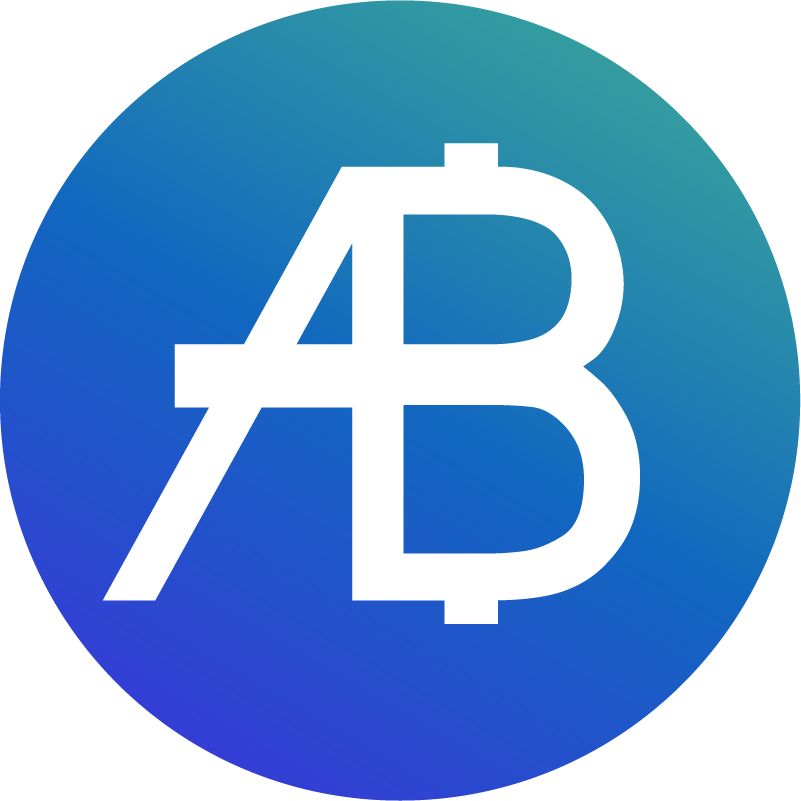Como Vender Mis Pi Network: Complete Guide

Introduction
Have you been mining Pi for months and are now asking, "How do I sell my Pi Network holdings?" You're not alone! As Pi Network moves closer to its open mainnet phase, thousands of users are gearing up to exchange their mined Pi for other assets or fiat currency. But navigating the process of selling Pi can be confusing, especially with the project still in key development stages. This guide will walk you through the entire process, using accessible language and pro tips so you can make the most of your hard-earned Pi.
Detailed Steps/Process
1. Understanding Pi Network’s Current Status
Before selling, it’s crucial to understand that Pi Network hasn’t yet achieved full open mainnet status. This means mainstream exchanges don’t officially list PI coins for direct trading. Any OTC (over-the-counter) trading is unofficial and may carry risks. You should always exercise extreme caution and diligently research any marketplace you use.
2. Preparing Your Pi for Transfer
a. KYC Verification
For your Pi coins to be eligible for transfer, you must complete the network’s Know Your Customer (KYC) verification. This step authenticates your identity, ensuring you can move your mined Pi from your mining app to your Pi mainnet wallet. Follow in-app instructions carefully, submit your documents, and wait for approval. This is a crucial security measure.
b. Setting Up a Web3 Wallet
You’ll need a web3 wallet that supports asset management and dApp connectivity, such as Bitget Wallet. These wallets let you store, send, and manage Pi, plus interact with emerging Pi-based decentralized applications. Setting up your Bitget Wallet is straightforward:
- Download the wallet app from the official source.
- Set up your new wallet with a secure password.
- Note down your seed phrase in a safe, offline location.
3. Locating a Marketplace or Peer-to-Peer (P2P) Platform
With the mainnet’s open exchange listing pending, selling Pi often involves P2P transactions. Approved marketplaces—or even social media platforms with escrow features—can match buyers and sellers of Pi. Be wary of scams and only deal with verified users or platforms. Watch for updates, as reputable exchanges like Bitget Exchange may support Pi trading once official mainnet launches.
a. Listing Your Pi for Sale
- Choose your marketplace or contact a buyer directly.
- Specify the amount of Pi you wish to sell and your expected price (consider researching market rates in Pi Network’s community channels).
- Share your public Pi address for the buyer to send funds. Never share your private keys or seed phrases.
b. Transaction Execution and Escrow
- Once terms are agreed, use the platform’s escrow or smart contract-based system to facilitate the exchange. The escrow feature holds assets securely until both parties meet their obligations.
- Upon confirmation, transfer the Pi coins using your Bitget Wallet to the specified address.
c. Confirm Receipt of Payment
- Only release assets after confirming payment receipt in your chosen currency (it could be local fiat, USDT, or other major cryptocurrencies depending on buyer agreement).



















